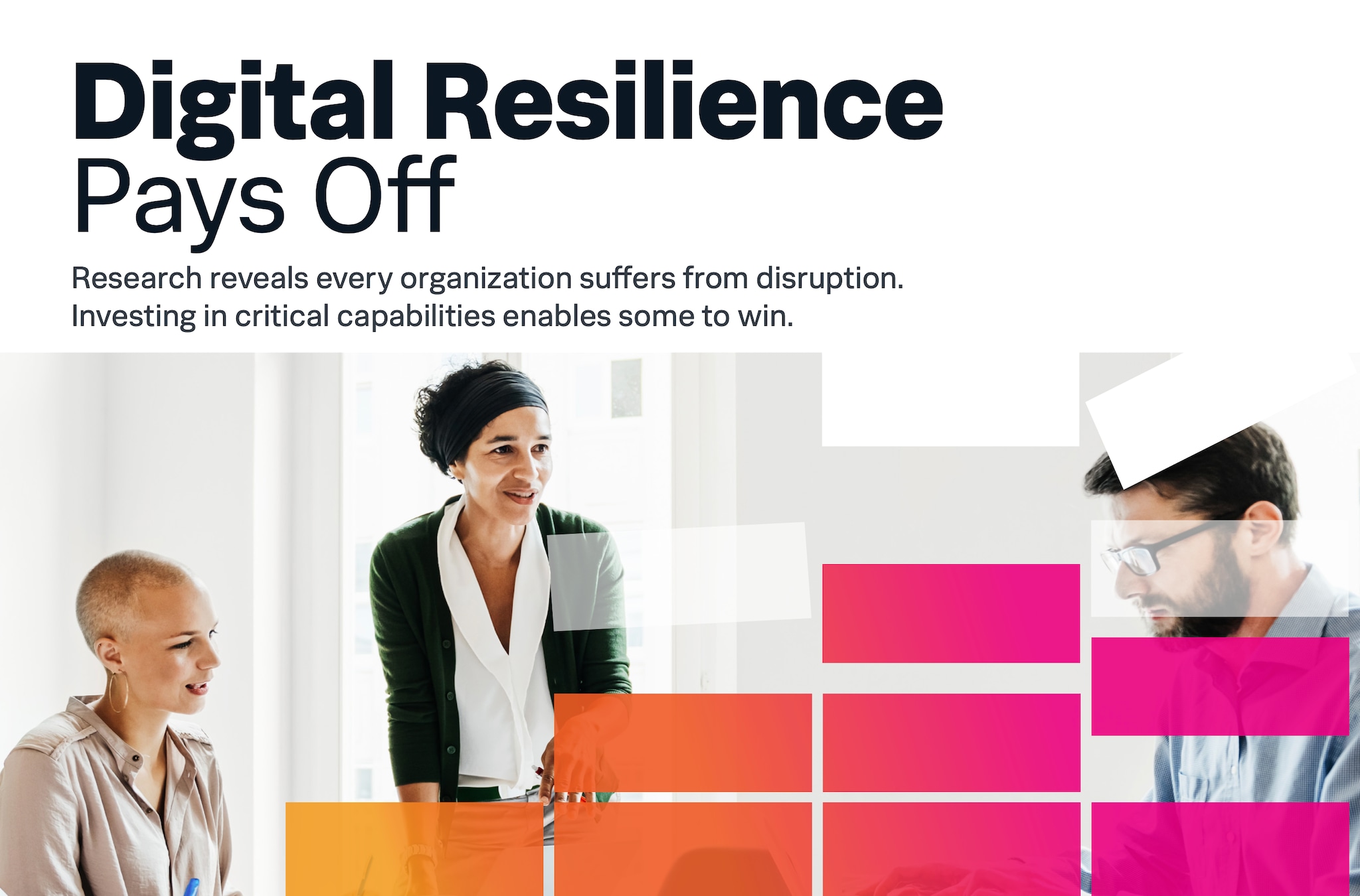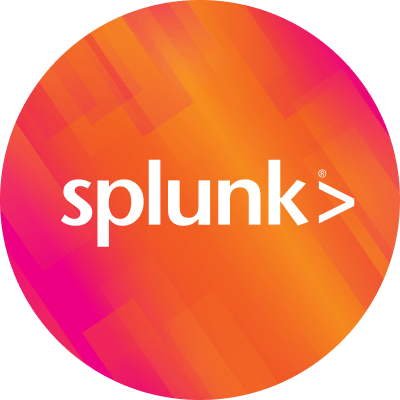Delivering Successful Mission Outcomes in This New Normal

 Is it week 6 or 8 of telework now? I can't keep up, and it's probably not worth counting anymore. By now, all agencies have a majority of their employees working remotely and adjusting to the new normal; and we, at Splunk, are as well. In a way — like our CIO, Steve McMahon, puts it — we did have an early start. We had a company event in early February in Las Vegas and our colleagues from Asia could not join us in person, so we had to connect a large number of people remotely for extended times. As more and more employees went remote, we started to face many of the same challenges other organizations would face on their journey to telework.
Is it week 6 or 8 of telework now? I can't keep up, and it's probably not worth counting anymore. By now, all agencies have a majority of their employees working remotely and adjusting to the new normal; and we, at Splunk, are as well. In a way — like our CIO, Steve McMahon, puts it — we did have an early start. We had a company event in early February in Las Vegas and our colleagues from Asia could not join us in person, so we had to connect a large number of people remotely for extended times. As more and more employees went remote, we started to face many of the same challenges other organizations would face on their journey to telework.
As we reached out to support our customers across our global base, including government agencies and educational institutions, we heard one common question: what are you, as Splunk, doing to transition effectively and securely to remote work? So Steve McMahon joined us for a discussion on the various challenges he faced and how he went about ensuring this transition was seamless by operationalizing data.
As organizations scale out and shift to remote work, there will likely be rapid increases in network, remote access and collaboration software. To help organizations navigate the current situation easier, Splunk has created insights, actionable guidance and a curated list of purpose-built solutions for Splunk customers to assist with this new operational model. With more and more endpoints accessing your networks remotely, there is a rapid increase in VPN connections and usage. In this discussion our experts discuss how to secure and scale on-demand VPN and other remote access applications that you might find useful.
During these times, it is not just agency frontline workers who are going remote; help desk and support teams are as well. So, a key question to address is what can agencies do to better facilitate personnel productivity for these teams who are charged with ensuring mission continuity, application security and availability? Collaboration tools are essential for productivity at any time, and not just for the knowledge worker or the case manager, but also helpdesk and support personnel. When all infrastructure is geared towards delivery of mission critical services, it is important to ensure that systems can be recovered quickly in the case of any outage, interruption or even a cyberattack. If you're in a situation where collaboration across remote support teams is a challenge, this discussion on remote teams collaboration can offer you some best practices.
If there is one thing that this new normal accentuates, it's the importance of people in ensuring successful mission outcomes. A significant challenge posed by this crisis is the potential for reduced staffing as employees are unable to work from the office, dealing with additional childcare responsibilities or unable to work at all. As alert volumes increase and staffing decreases, SOCs and NOCs face volume-related challenges, as well as expertise issues while critical staff are taken away from their posts. Automation provides technology teams the capability to eliminate significant workload backlogs, allowing them to get through more and focus on tasks truly requiring human attention. Here is an insightful discussion on the benefits of automation, relieving fatigue and force-multiplying your staff.
Our goal at Splunk is to ensure our public sector partners can consistently deliver on the promises to their constituents and ensure their well-being. To find out more on how Splunk can help support organizations during this challenging time, we have put together a quick narrative for government and higher education institutions. And let us know how we can help. Thank you for your continued trust in Splunk, and may you and your families be safe and healthy.
----------------------------------------------------
Thanks!
Ashok Sankar
Related Articles
About Splunk
The world’s leading organizations rely on Splunk, a Cisco company, to continuously strengthen digital resilience with our unified security and observability platform, powered by industry-leading AI.
Our customers trust Splunk’s award-winning security and observability solutions to secure and improve the reliability of their complex digital environments, at any scale.




